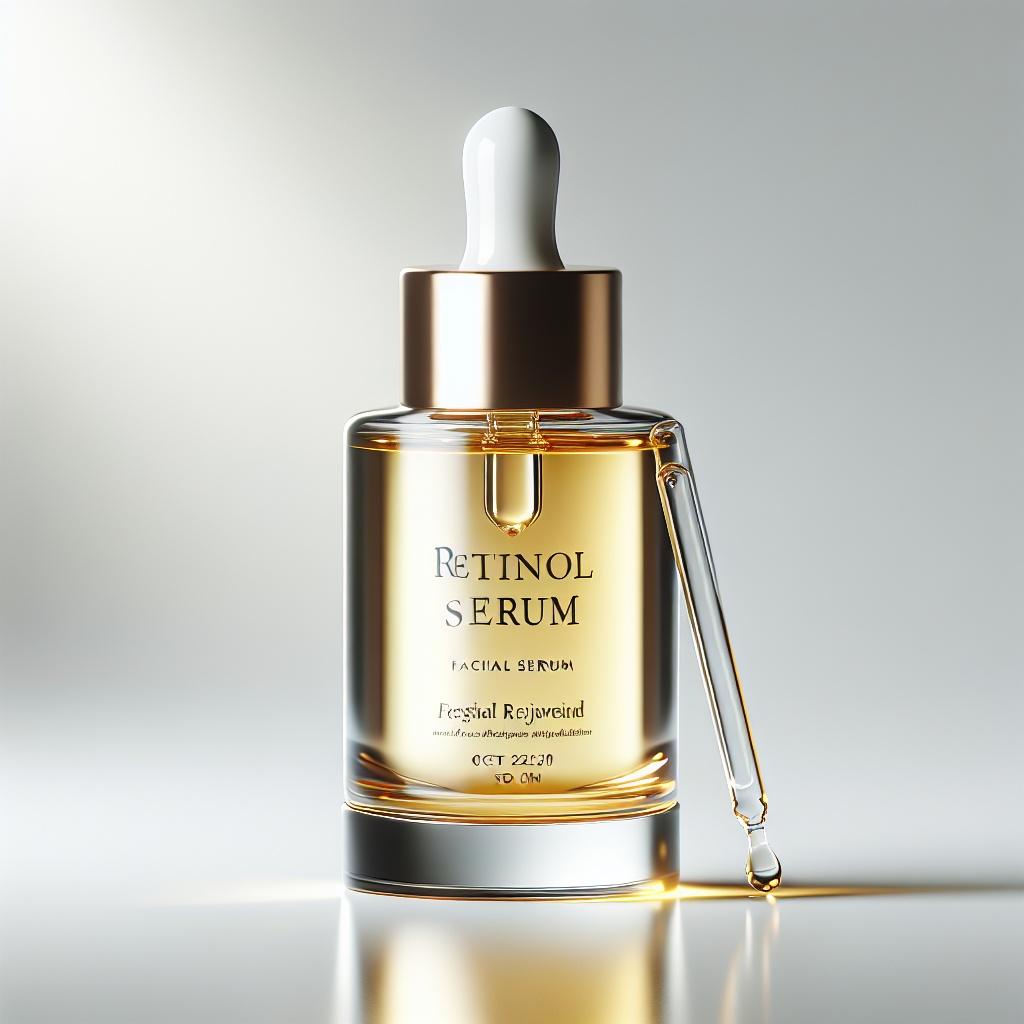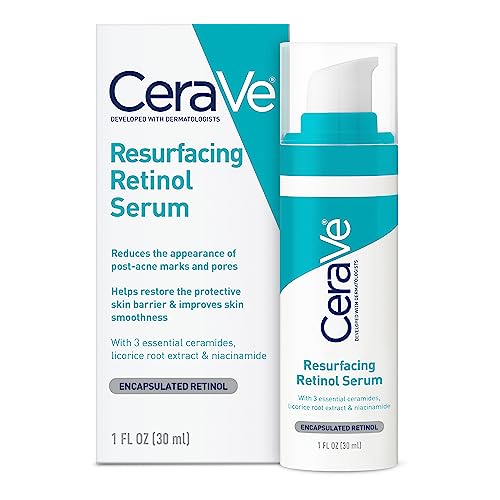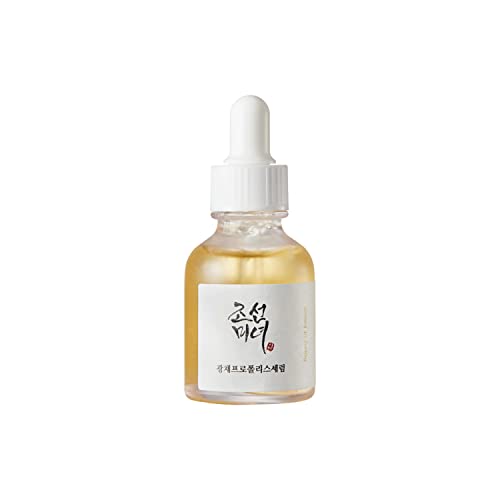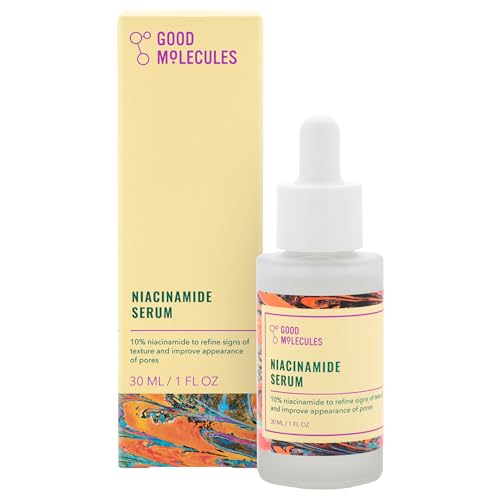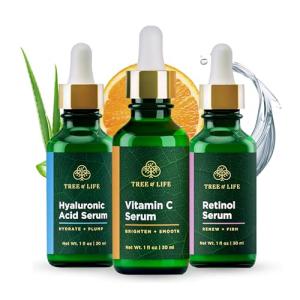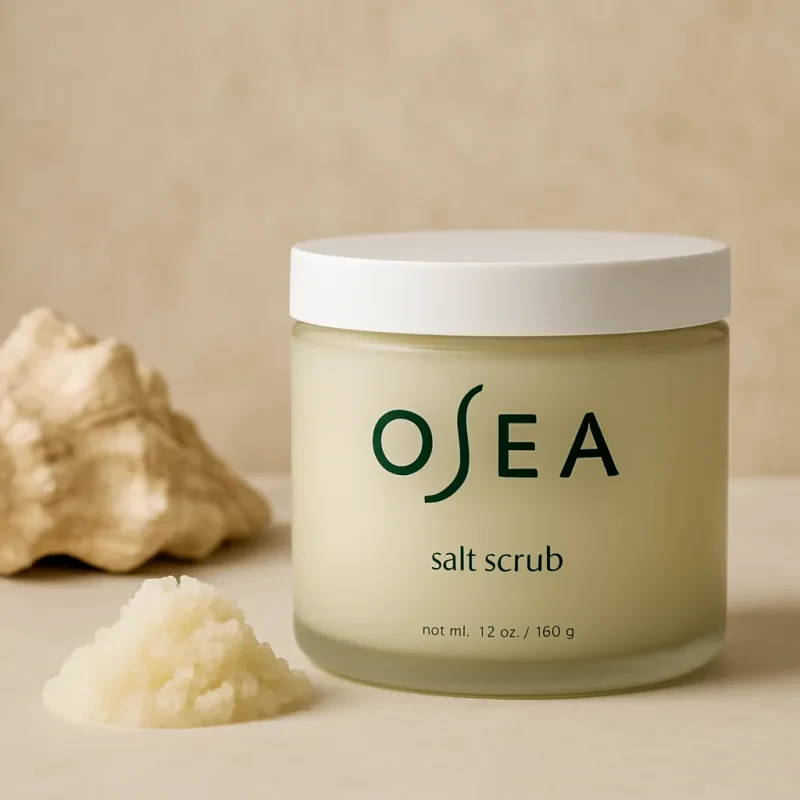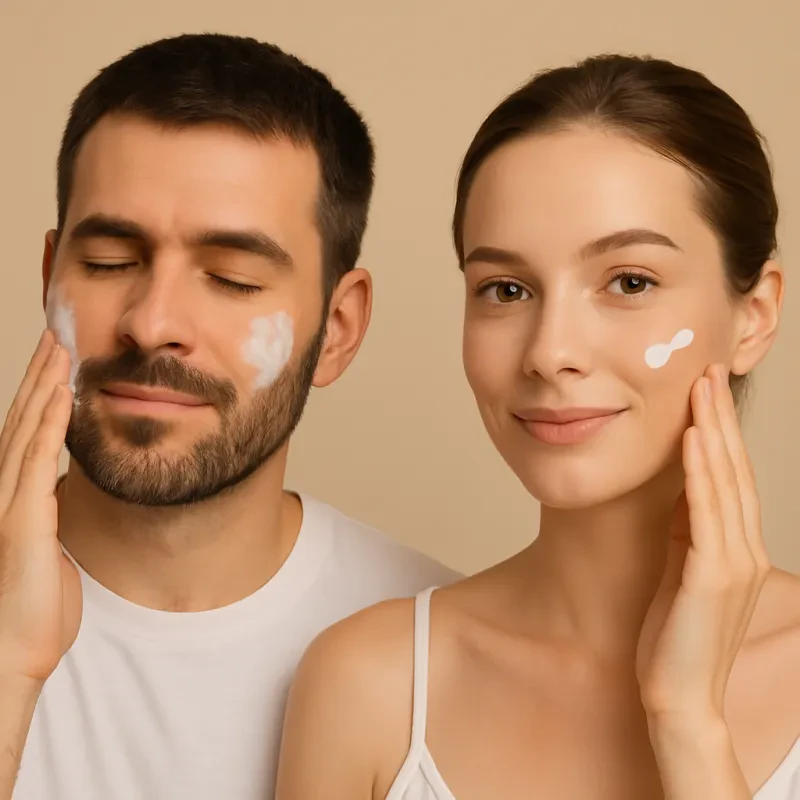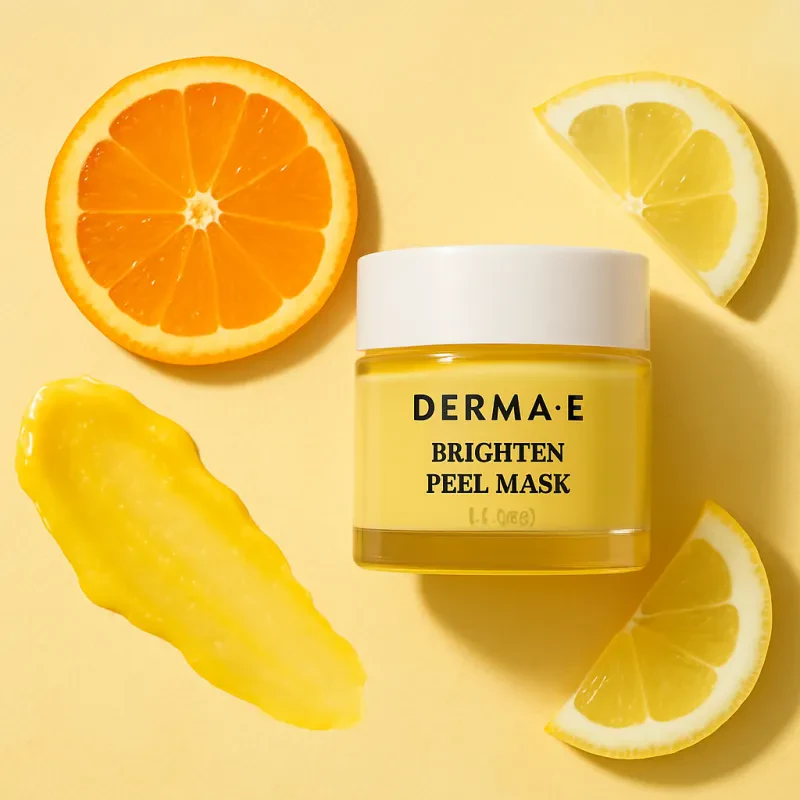The Origins of Retinol
Retinol, a derivative of vitamin A, has captured the attention of dermatologists and skincare enthusiasts alike. Its discovery can be traced back to the early 20th century, when scientists began to examine the vital role of vitamins in human health. Retinol's chemical structure, characterized by its retinoid backbone, enables it to interact with skin cells effectively, leading to numerous benefits. The foundational research on retinol started in the 1940s, when scientists focused on identifying the skin-related benefits of vitamin A.
In 1971, Dr. Albert Kligman, a prominent figure in dermatology, conducted groundbreaking studies that unveiled the efficacy of topical retinoids, specifically retinol, in treating acne. His research revealed that retinol helped unclog pores and reduce inflammation, establishing its role as a pivotal treatment for acne-prone skin. This groundbreaking work ultimately paved the way for the various retinoid formulations that are widely used today.
Further studies in the 1980s and 1990s expanded the understanding of retinol’s effects on skin health, particularly regarding signs of aging. Researchers found that retinol stimulated collagen production, improved skin texture, and reduced the appearance of fine lines and wrinkles. This compelling evidence contributed significantly to its acceptance and popularity among dermatologists as a reliable anti-aging treatment.
As scientific research evolved, so did the formulations of retinol products available to consumers. The dermatology community embraced retinol not just as a treatment for acne but also as a multifaceted skincare ingredient capable of addressing various skin concerns. Its acclaim in both clinical settings and over-the-counter products solidified its status in the skincare realm, marking the beginning of a skincare revolution that would benefit countless individuals seeking healthier, more youthful skin.
Mechanism of Action: How Retinol Works
Retinol, a derivative of Vitamin A, plays a significant role in skincare by engaging in a multi-faceted mechanism that promotes skin health at a cellular level. Once applied, retinol undergoes a conversion process within the skin, transforming into retinoic acid. This transformation is crucial, as retinoic acid is the active form that binds to nuclear receptors in skin cells, initiating a cascade of cellular responses.
One of the primary actions of retinoic acid is its ability to stimulate collagen production. Collagen is an essential protein that provides skin with structure, firmness, and elasticity. Altered collagen synthesis due to aging or environmental factors can lead to sagging skin and wrinkles. By enhancing collagen production, retinol effectively aids in reducing the visibility of fine lines and wrinkles, thereby improving overall skin texture and appearance.
Furthermore, retinol is instrumental in promoting cell turnover, which is the process by which old, dead skin cells are shed and replaced with new ones. This action not only helps in refining skin texture but also facilitates the unclogging of pores, making it beneficial for treating acne. Reducing the abundant life cycle of skin cells can prevent the formation of acne lesions, thereby addressing both existing breakouts and reducing their occurrence.
Additionally, retinol is effective in managing hyperpigmentation, including age spots and sun damage. By accelerating cell turnover, it aids in the fading of discolored areas and promotes a more even skin tone. Despite its efficacy, there are common misconceptions regarding retinol—for instance, that it can lead to irritation or peeling. While it is true that some users may experience mild irritation, especially when first introducing retinol into their regimen, proper usage and gradual acclimatization can mitigate these effects, enhancing its benefits without undue discomfort.
Retinol in the Skincare Industry: Products and Trends
The skincare industry has witnessed a significant transformation in recent years, particularly with the rise of retinol as a cornerstone ingredient. Revered for its efficacy in addressing various skin concerns, retinol has spurred a surge in product formulations targeting diverse consumer needs. The availability of retinol in multiple formulations, such as creams, serums, and oils, allows individuals to choose a product that aligns with their skin type and condition. For instance, gentle formulations with lower concentrations are ideal for sensitive skin, while stronger options cater to those combating more profound issues like hyperpigmentation or severe acne.
Encapsulated retinol has emerged as a notable trend, proving particularly appealing due to its advanced delivery system. This formulation enhances the stability of retinol and reduces irritation, making it suitable for a broader audience. As a result, many brands have begun to incorporate encapsulated retinol into their lines, attracting both skincare enthusiasts and newcomers alike. Alongside this innovation, the distinction between over-the-counter and prescription options remains crucial; consumers are becoming increasingly knowledgeable, often seeking over-the-counter solutions that provide visible results without the need for prescription strength.
Another noteworthy trend in the retinol landscape is the rising interest in clean beauty brands, which integrate retinol without harsh additives, making them more appealing to environmentally conscious consumers. Many of these brands focus on sustainability and transparency, further increasing their popularity. Popular retinol products have garnered significant consumer attention, often highlighted by reviews that emphasize their effectiveness and pleasant user experience. As the skincare market continues to evolve, consumer preferences will guide future innovations in retinol formulations, shaping the path for this powerful ingredient in both contemporary and emerging skincare regimes.
Safety and Best Practices for Using Retinol
Incorporating retinol into your skincare routine can deliver numerous benefits; however, it is essential to approach its use with caution to avoid potential side effects. Retinol, a derivative of vitamin A, may cause skin irritation, particularly during the initial phases of usage. Common side effects include redness, peeling, and dryness. To minimize these reactions, consider starting with a lower concentration of retinol and applying it only a few times a week. Gradually increase the frequency as your skin builds tolerance. This method not only enhances the potential benefits of retinol but also reduces the likelihood of adverse reactions.
Another crucial aspect of retinol use is the application of sunscreen. Retinol can increase your skin's sensitivity to sunlight, making it imperative to apply broad-spectrum sunscreen with at least SPF 30 daily. This practice will protect your skin from harmful UV rays and prevent any exacerbation of irritation. Additionally, it's advisable to apply retinol products in the evening before bed, allowing for optimal absorption without interference from sun exposure.
It is also important to consider how retinol interacts with other active ingredients in your skincare routine. Combining retinol with potent exfoliants or acidic ingredients, such as glycolic acid or salicylic acid, can increase the likelihood of irritation. Therefore, it is prudent to use these products on alternate days or, if necessary, consult with a dermatologist for personalized guidance. Special consideration should be given to certain groups, such as pregnant or breastfeeding women, who are generally advised to avoid retinol due to potential risks.
By adhering to these best practices and remaining attuned to your skin's response, you can effectively incorporate retinol into your regimen. This approach ensures that you can harness the transformative power of retinol while minimizing any associated safety concerns, ultimately leading to healthier, more radiant skin.
